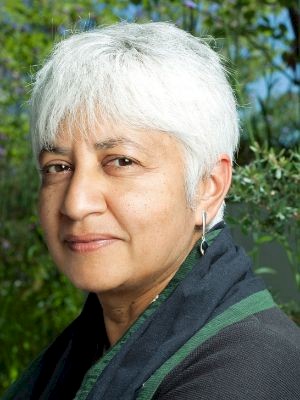Online Via Zoom


A webinar series hosted by the Centre for Inter-Asian Research, Ahmedabad University, India, and Mardomnameh People's History Journal, Tehran, Iran.
India and Iran have been connected across the centuries in a myriad ways, being part of the same physical and imaginative geography before the emergence of modern nation-states. ‘Iran’ and ‘India’ feature strongly in the everyday life of both societies, as our series will demonstrate. Looking at these interconnections will help us configure new objects of enquiry for comparative research in Asia.
LISTENING TO TEHRAN: A CULTURAL HISTORY OF MUSICAL MAHFILS IN THE PAHLAVI PERIOD
As a result of the recent cultural turn in the humanities, cultural historians of music have paid increased attention to histories of listening in both public and private spheres. In this presentation, I problematise the private sphere of music performance during the Pahlavi period, and draw a conceptual and historical distinction between mahfil and bazm. Drawing from written, oral and sound sources, I trace the idea of the “art of listening” and situate the common practice of ‘disciplined’ and ‘attentive’ listening to Iranian art music in various Mahfils in Tehran. Unlike mahfils, bazms did not adhere to the notions of ‘disciplined,’ and ‘careful’ listening, and music was not subject to aural immersion and silence. Sasan Sepanta’s complaint about unruly listeners, and the audiences’ indifferent attitudes in private music sessions best exemplifies this undisciplined culture of listening in bazms. While Iran during the Pahlavi period witnessed tremendous growth in popular culture, and public entertainment spaces, Tehran’s music lovers and patrons of music listened to Iranian art music attentively in mahfils, in a society marked by the modernisation of the public sphere.
MUMBAI MEHFIL: HINDUSTANI MUSIC AUDIENCES IN THE LONG 20TH CENTURY
The lingua musica based on Hindustani raga music that emerges in 20 th century Mumbai owes its origins to the Persianate performance forms of the 1850s onwards as manifested in the Parsi theatre. The acts of collective listening and viewing which brought together people of different social backgrounds are to be found not only in the theatre but also in the concert hall and in private homes. The spaces of these gatherings, these mehfils, were sometimes reproduced in and through cinema, as were the melodies made familiar through raga music. The audiences that came together to listen to vocal and instrumental music were bound by their musicophilia, becoming ‘social subjects’ through this process. Their responses to the music – manifested in a variety of mehfils – were drawn from the metropolitan unconscious that came to be assembled in Mumbai, where the largely migrant population produced a sedimented repertoire of ways of living that became available to all of the city’s inhabitants.
Pouya Nekouei’s research focuses on the social and cultural history of modern Iran. His writings on cultural history and political aspects of music have appeared in Iranian journals and magazines. He is a research member with Mardomnameh (A People’s History Journal published in Tehran) and advisor to the Golistan project (an online archive initiative of modern Iran). He is currently completing a book in Persian on a history of listening in modern Iran. He is currently doing a PhD at the Graduate Center of the City University of New York.
Tejaswini Niranjana is Director, Centre for Inter-Asian Research, and Dean, Online Programmes at Ahmedabad University. She is the author of Siting Translation: History, Post-structuralism and the Colonial Context (University of California Press, 1992), Mobilizing India: Women, Music and Migration between India and Trinidad (Duke UP, 2006), and Musicophilia in Mumbai: Performing Subjects and the Metropolitan Unconscious (Duke UP, 2020). Her most recent edited volume is Music, Modernity and Publicness in India (Oxford University Press, 2020). She is curator of the Saath-Saath Project, a musical collaboration between Indian and Chinese performers: www.saathsaathmusic.com, and producer of three documentary films based on her music research (directed by Surabhi Sharma).